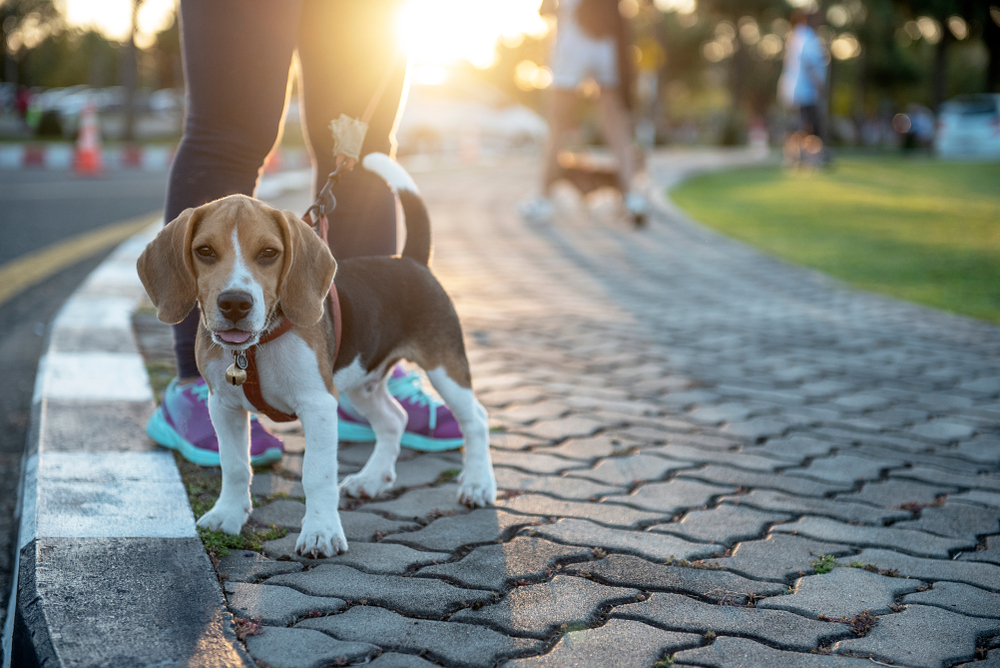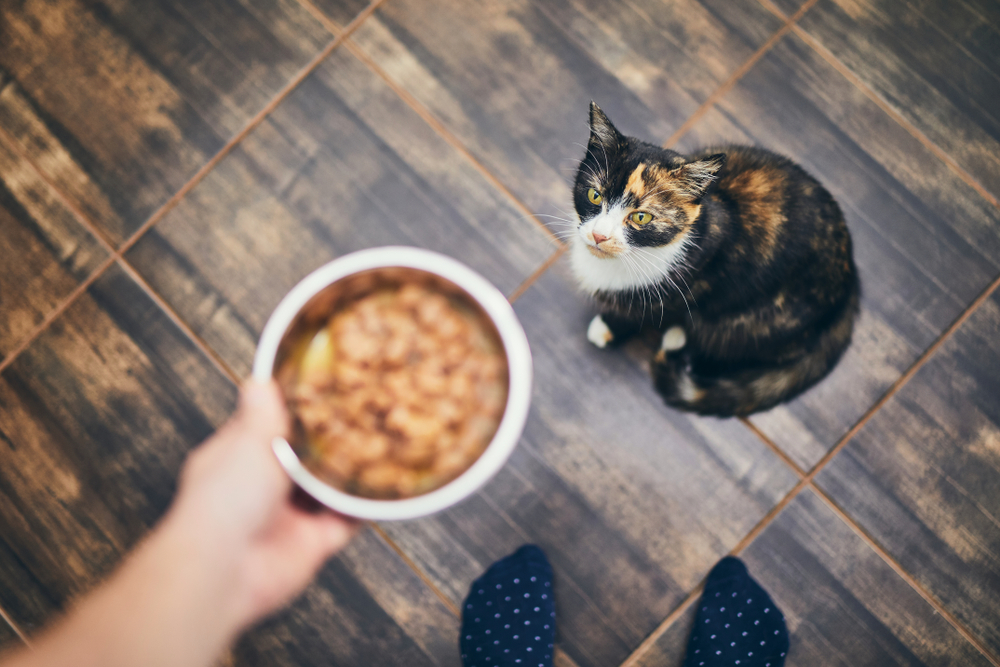The saying, “You are what you eat,” imparts that you need to put good food into your body to be fit and healthy. You make all the decisions about your pet’s nutrition and the quality of her diet, which in turn provides the foundation for her overall health and well-being. Although it’s tempting to spoil your best friend with tasty treats, keep in mind that she will still enjoy your one-on-one time without treats, and get the added benefit of burning calories through a game or walk. Take steps to ensure your four-legged friend is healthy and happy for years to come by catering to her nutritional needs through the following four steps.
#1: Determine your pet’s body condition score
While chubby kitties and pudgy pooches are adorable to squish and squeal over, those extra pounds can harm not only their joints, but also their organs. Excess weight puts considerable pressure on your pet’s joints, forces her heart to work harder, raises her blood pressure, reduces her liver function, and predisposes her to diabetes, and can also cause some cancer types.
Each pet’s ideal weight can vary among her breed—and determining an exact weight for a mixed-breed is difficult—so the best way to learn your pet’s ideal weight is to evaluate her body condition score. Cats and dogs in a healthy body condition should have a visible waist, tucked abdominal curve (i.e., no sagging belly), and palpable ribs through a slight fat layer. If you have to push hard to feel your pet’s ribs, or her body is shaped like a straight line instead of an hourglass when you look down on her, she’s too heavy.
If you’re unsure where your pet falls on the body condition scale, stop by our hospital. We can discuss the main points of determining a body condition score and categorize your pet together.
#2: Calculate your pet’s daily caloric requirements
Counting calories is the most effective way to maintain your pet’s healthy weight, as well as ensuring those calories come from nutritionally complete foods. You can use a mathematical formula to calculate the correct number of calories your pet needs each day, but instead, call us for help, or use this handy online calculator for your cat or dog. When calculating your pet’s caloric needs, several factors, such as activity level, spay or neuter status, health condition, and age, are included.
Once you know your pet’s correct calorie requirement, find the calories per cup or can listed on your pet’s food to determine her total daily amount. Ideally, feed your pet in meals versus filling her bowl with her daily allotment to portion out her food, and leave her feeling satiated.
#3: Remember that treats count, but your pet can’t divide
Take your furry friend’s treats into account when calculating her daily requirement, since calories from treats add up quickly. Follow this rule: Your pet’s treats should count for no more than 10% of her daily caloric intake. When training your pet or giving her special snacks, count the calories to ensure they don’t exceed 10%. To help reduce the number of calories from treats, skip the commercially processed snacks and opt for fresh fruits, veggies, and lean meats. Avoid grapes and raisins, which are toxic to pets, and ensure you watch the sugar content in other fruits. For example, don’t feed your dog an entire banana, but offer her small bites to limit calories. Remember that every treat counts, but your furry friend won’t realize she’s only getting half a treat instead of a whole one.
#4: Create an exercise plan for your pet

In addition to watching your pet’s caloric intake, you should ensure she receives adequate exercise. Pets have it easy—a cushy bed to lie on while waiting for you to come home, a never-empty food bowl, and stolen snacks that stay a secret. Although cats and dogs may seem content to live the couch-potato life, inactivity can lead to boredom and obesity, which can create behavioral and physical issues. Prevent health problems by enacting a daily exercise routine for your pet—cats, too. With your built-in, four-legged workout buddy, hit a new hiking trail, explore a different neighborhood, or invite a doggy pal along for your daily stroll. Convincing your cat that exercise is good for her may be more difficult, but entice her to play with a catnip or robotic, interactive mouse, a feather wand, or a fishing pole toy.
Does your pet need a nutritional and exercise makeover? Call our office to schedule a wellness exam to discuss your pet’s dietary needs.








Leave A Comment